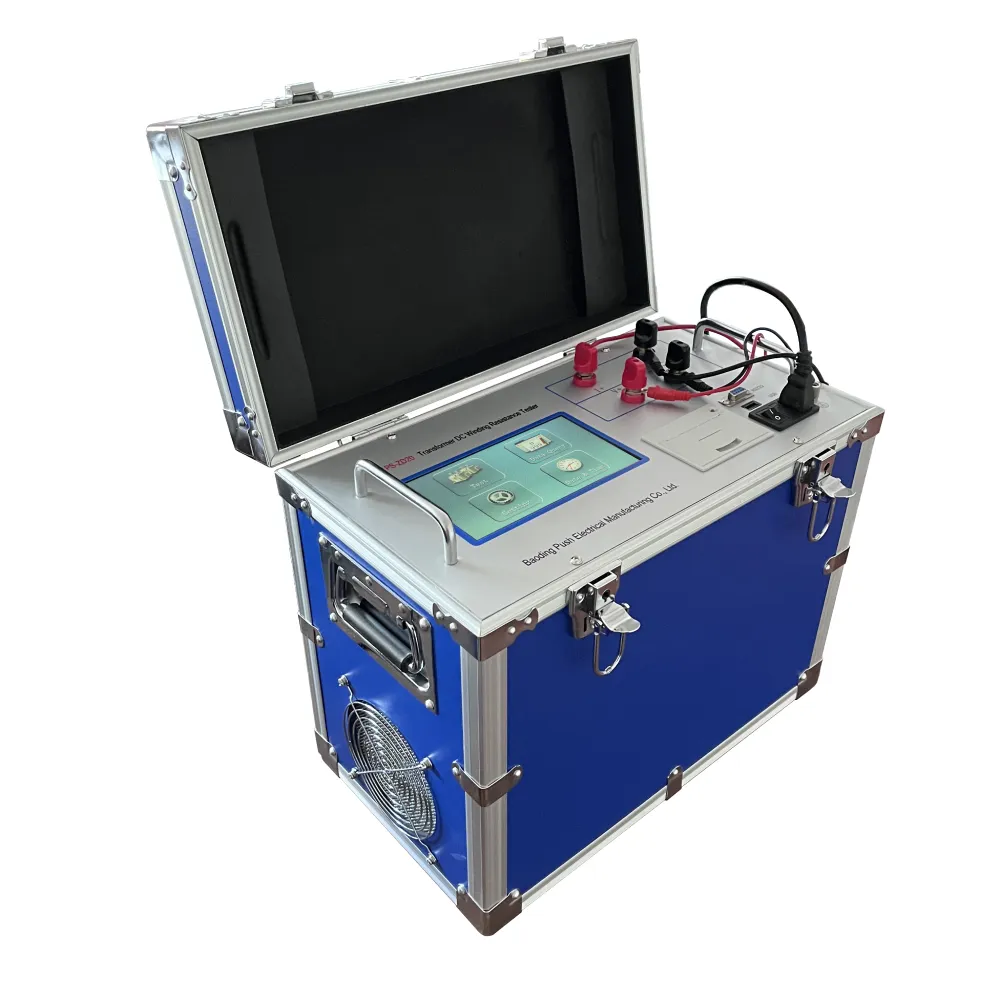 English
English



-
 Afrikaans
Afrikaans -
 Albanian
Albanian -
 Amharic
Amharic -
 Arabic
Arabic -
 Armenian
Armenian -
 Azerbaijani
Azerbaijani -
 Basque
Basque -
 Belarusian
Belarusian -
 Bengali
Bengali -
 Bosnian
Bosnian -
 Bulgarian
Bulgarian -
 Catalan
Catalan -
 Cebuano
Cebuano -
 China
China -
 China (Taiwan)
China (Taiwan) -
 Corsican
Corsican -
 Croatian
Croatian -
 Czech
Czech -
 Danish
Danish -
 Dutch
Dutch -
 English
English -
 Esperanto
Esperanto -
 Estonian
Estonian -
 Finnish
Finnish -
 French
French -
 Frisian
Frisian -
 Galician
Galician -
 Georgian
Georgian -
 German
German -
 Greek
Greek -
 Gujarati
Gujarati -
 Haitian Creole
Haitian Creole -
 hausa
hausa -
 hawaiian
hawaiian -
 Hebrew
Hebrew -
 Hindi
Hindi -
 Miao
Miao -
 Hungarian
Hungarian -
 Icelandic
Icelandic -
 igbo
igbo -
 Indonesian
Indonesian -
 irish
irish -
 Italian
Italian -
 Japanese
Japanese -
 Javanese
Javanese -
 Kannada
Kannada -
 kazakh
kazakh -
 Khmer
Khmer -
 Rwandese
Rwandese -
 Korean
Korean -
 Kurdish
Kurdish -
 Kyrgyz
Kyrgyz -
 Lao
Lao -
 Latin
Latin -
 Latvian
Latvian -
 Lithuanian
Lithuanian -
 Luxembourgish
Luxembourgish -
 Macedonian
Macedonian -
 Malgashi
Malgashi -
 Malay
Malay -
 Malayalam
Malayalam -
 Maltese
Maltese -
 Maori
Maori -
 Marathi
Marathi -
 Mongolian
Mongolian -
 Myanmar
Myanmar -
 Nepali
Nepali -
 Norwegian
Norwegian -
 Norwegian
Norwegian -
 Occitan
Occitan -
 Pashto
Pashto -
 Persian
Persian -
 Polish
Polish -
 Portuguese
Portuguese -
 Punjabi
Punjabi -
 Romanian
Romanian -
 Russian
Russian -
 Samoan
Samoan -
 Scottish Gaelic
Scottish Gaelic -
 Serbian
Serbian -
 Sesotho
Sesotho -
 Shona
Shona -
 Sindhi
Sindhi -
 Sinhala
Sinhala -
 Slovak
Slovak -
 Slovenian
Slovenian -
 Somali
Somali -
 Spanish
Spanish -
 Sundanese
Sundanese -
 Swahili
Swahili -
 Swedish
Swedish -
 Tagalog
Tagalog -
 Tajik
Tajik -
 Tamil
Tamil -
 Tatar
Tatar -
 Telugu
Telugu -
 Thai
Thai -
 Turkish
Turkish -
 Turkmen
Turkmen -
 Ukrainian
Ukrainian -
 Urdu
Urdu -
 Uighur
Uighur -
 Uzbek
Uzbek -
 Vietnamese
Vietnamese -
 Welsh
Welsh -
 Bantu
Bantu -
 Yiddish
Yiddish -
 Yoruba
Yoruba -
 Zulu
Zulu
Evaluation and Testing Methods for Current Transformers in Electrical Systems
Tests on Current Transformers A Comprehensive Overview
Current transformers (CTs) are essential devices widely used in electrical engineering for measuring alternating current (AC) levels in high-voltage systems. Their design enables the safe and efficient monitoring of current flow in electrical circuits, making them pivotal in power generation, transmission, and distribution. Testing these devices is crucial to ensure accuracy, reliability, and safety in their application.
The Role of Current Transformers
Current transformers function by stepping down high currents to manageable levels, allowing for safe measurements through standard instrumentation. This process not only facilitates monitoring but also protects equipment and personnel by isolating high-voltage systems. CTs are extensively utilized in protective relays, metering applications, and for data acquisition systems in power plants and substations.
Importance of Testing Current Transformers
Testing current transformers is imperative to verify their performance and operational integrity. Ensuring that a CT operates accurately under varying conditions is essential for the reliability of the entire electrical system. Poorly performing CTs can lead to incorrect metering, faulty protective relay operation, and ultimately, system failures. Regular testing helps identify issues like insulation breakdown, saturation, and operational limits that can adversely affect performance.
Types of Tests Conducted on Current Transformers
Current transformers undergo various tests to evaluate their performance, with several standardized testing methods in place
. Here are some of them1. Burden/Test Load Testing This test assesses the transformer's ability to handle its rated burden without compromising performance. By applying a known load, technicians can evaluate the secondary current under standard operational conditions.
tests on current transformer

2. Ratio Testing The transformation ratio of the CT is measured to confirm that it produces the correct secondary output proportional to the primary current. A mismatch can indicate winding issues or design flaws.
3. Phase Shift Testing This test checks for any phase angle discrepancies between the primary and secondary currents. Accurate phase alignment is critical for applications like power factor correction and load calculations.
4. Insulation Resistance Testing This involves measuring the insulation resistance of the primary and secondary windings to earth. A low insulation resistance indicates potential breakdowns or faults that need addressing to prevent accidents.
5. Saturation Testing CTs must remain linear up to a certain saturation point. This test determines the saturation level of the transformer, ensuring that it does not exceed its operational limits under high current conditions.
6. Temperature Rise Testing Since current transformers operate in various environmental conditions, recognizing their thermal limits is vital to ensure safe operation. This test evaluates how temperature affects performance and helps establish operational protocols.
Ensuring Quality and Compliance
Adherence to international standards and guidelines, such as those set by the International Electrotechnical Commission (IEC) and the American National Standards Institute (ANSI), is essential in CT testing. Compliance with these standards guarantees that the transformers meet defined safety and performance criteria. Documentation of test results also assists in traceability and accountability, providing valuable records for maintenance and audits.
Conclusion
In summary, testing current transformers is a fundamental aspect of electrical system management. The array of tests conducted ensures that CTs function accurately and reliably under operational conditions. By regularly testing these devices, electrical engineers safeguard infrastructure, enhance performance, and minimize risks associated with high-voltage systems. As the demand for electricity continues to rise globally, the role of reliable current transformers and their rigorous testing becomes increasingly significant in maintaining safe and efficient power distribution networks.
-
Testing Equipment Industry Sees Major Advancements in 2025: Smart & Precision Technologies Lead the WayNewsJun.06,2025
-
Applications of Direct Current Generators in Renewable Energy SystemsNewsJun.05,2025
-
Hipot Tester Calibration and Accuracy GuidelinesNewsJun.05,2025
-
Digital Circuit Breaker Analyzer Features and BenefitsNewsJun.05,2025
-
Benefits of Real-Time Power Quality Monitoring Devices for Industrial EfficiencyNewsJun.05,2025
-
Earth Fault Loop Testing in High-Rise Building Electrical SystemsNewsJun.05,2025



